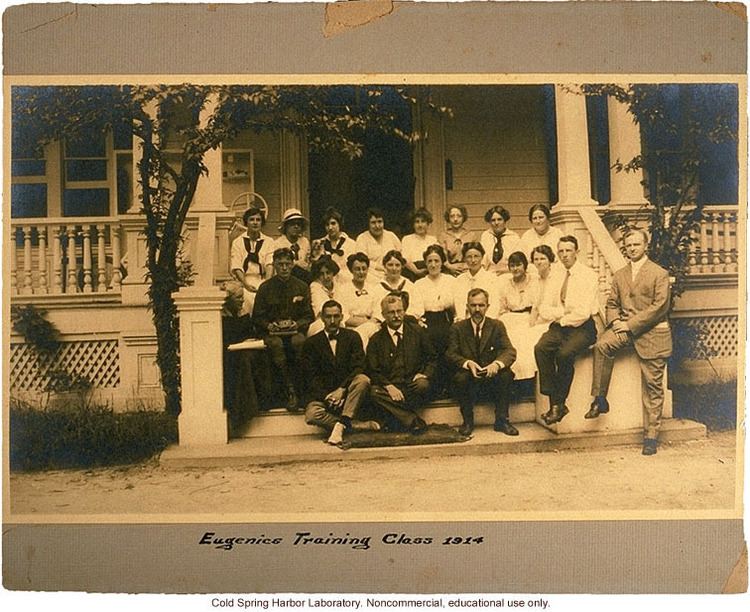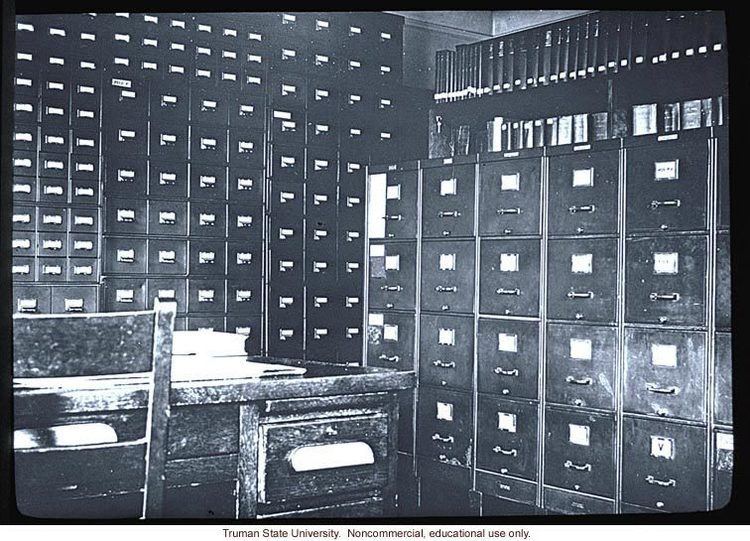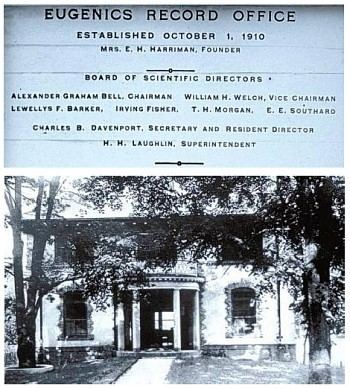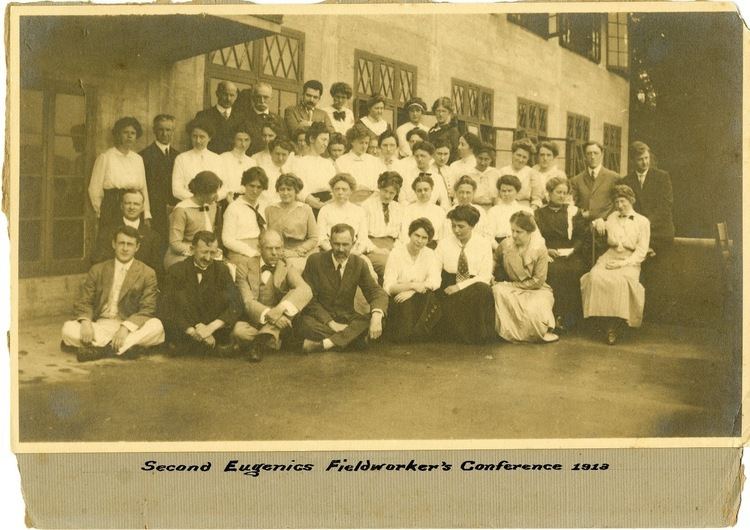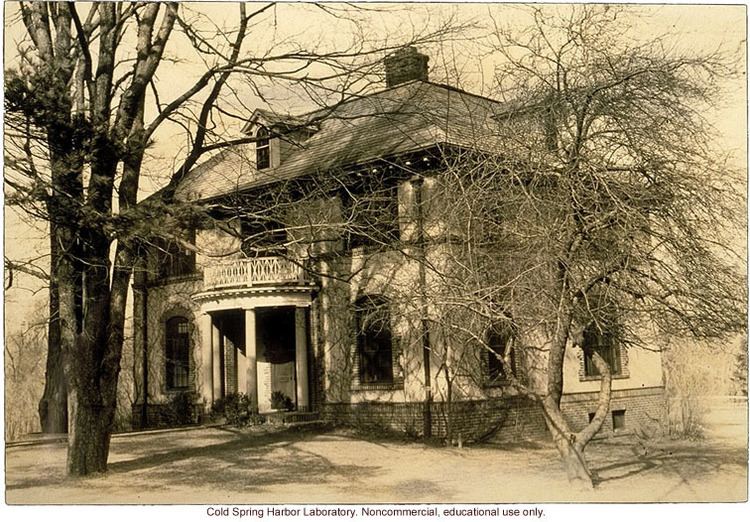 | ||
Hidden history the eugenics record office is for sale
The Eugenics Record Office (ERO) of the Carnegie Institution of Washington's Station for Experimental Evolution, and subsequently, its Department of Genetics, located in Cold Spring Harbor, New York, United States was a center for eugenics and human heredity research from 1910 to 1939. Both its founder, Charles Benedict Davenport, and its director, Harry H. Laughlin, were major contributors to the field of eugenics in the United States. (Carnegie's Department of Genetics, led by Davenport through 1934, is one of several precursor institutions that combined in 1962 to form the contemporary Cold Spring Harbor Laboratory.)
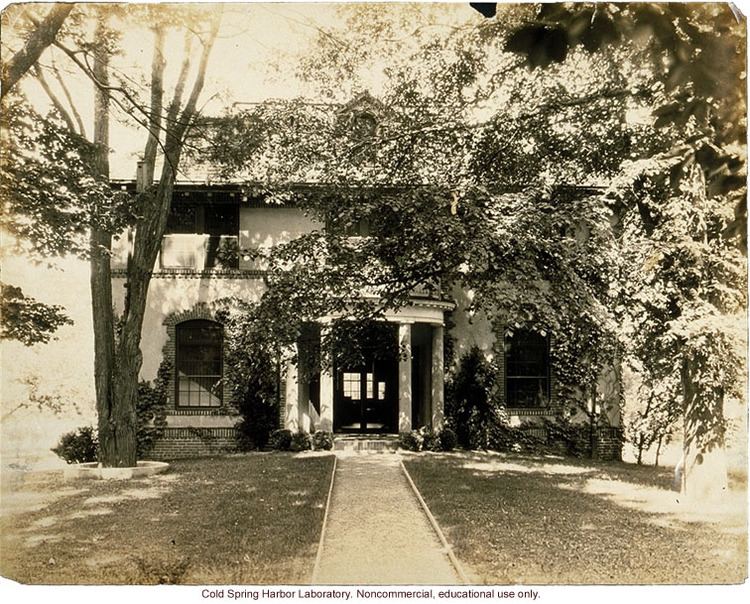
Founded in 1910, the ERO was financed primarily by Mary Harriman (widow of railroad baron E. H. Harriman), the Rockefeller family and then the Carnegie Institution until 1939. In 1935 the Carnegie Institution sent a team to review the ERO's work, and as a result the ERO was ordered to stop all work. In 1939 the Carnegie Institution's new President, Vannevar Bush, forced Laughlin's retirement and withdrew funding for the ERO entirely, leading to its closure at the end of that year. The ERO's reports, articles, charts, and pedigrees were considered scientific facts in their day, but had since been discredited. In 1944 its records were transferred to the Charles Fremont Dight Institute for the Promotion of Human Genetics at the University of Minnesota. When the Dight Institute closed in 1991, the genealogical material was filmed by the Genealogical Society of Utah and given to the Center for Human Genetics. The non-genealogical material was not filmed and was given to the American Philosophical Society Library. The American Philosophical Society has a copy of the microfilm as well. Today, Cold Spring Harbor Laboratory maintains the full historical records, communications and artifacts of the ERO for historical, teaching and research purposes. The documents are housed in a campus archive and can be accessed online and in a series of multimedia websites.

The endeavors of the Eugenics Record Office were facilitated by the work of various committees. The Committee on Inheritance of Mental Traits included among its members Robert M. Yerkes and Edward L. Thorndike. The Committee on Heredity of Deafmutism included Alexander Graham Bell. Harry H. Laughlin was on the Committee on Sterilization, and the Committee on the Heredity of the Feeble Minded included, among others, Henry Herbert Goddard. Other prominent board members included scientists like Irving Fisher, William E. Castle, and Adolf Meyer.
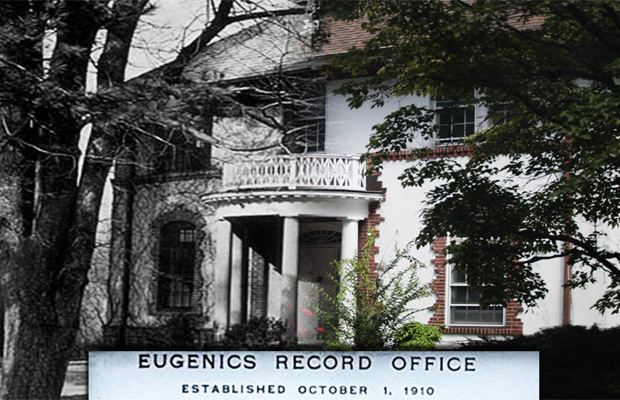
Under the direction of Laughlin, the ERO advocated laws that led to the forced sterilization of many Americans it categorized as 'socially inadequate'.
